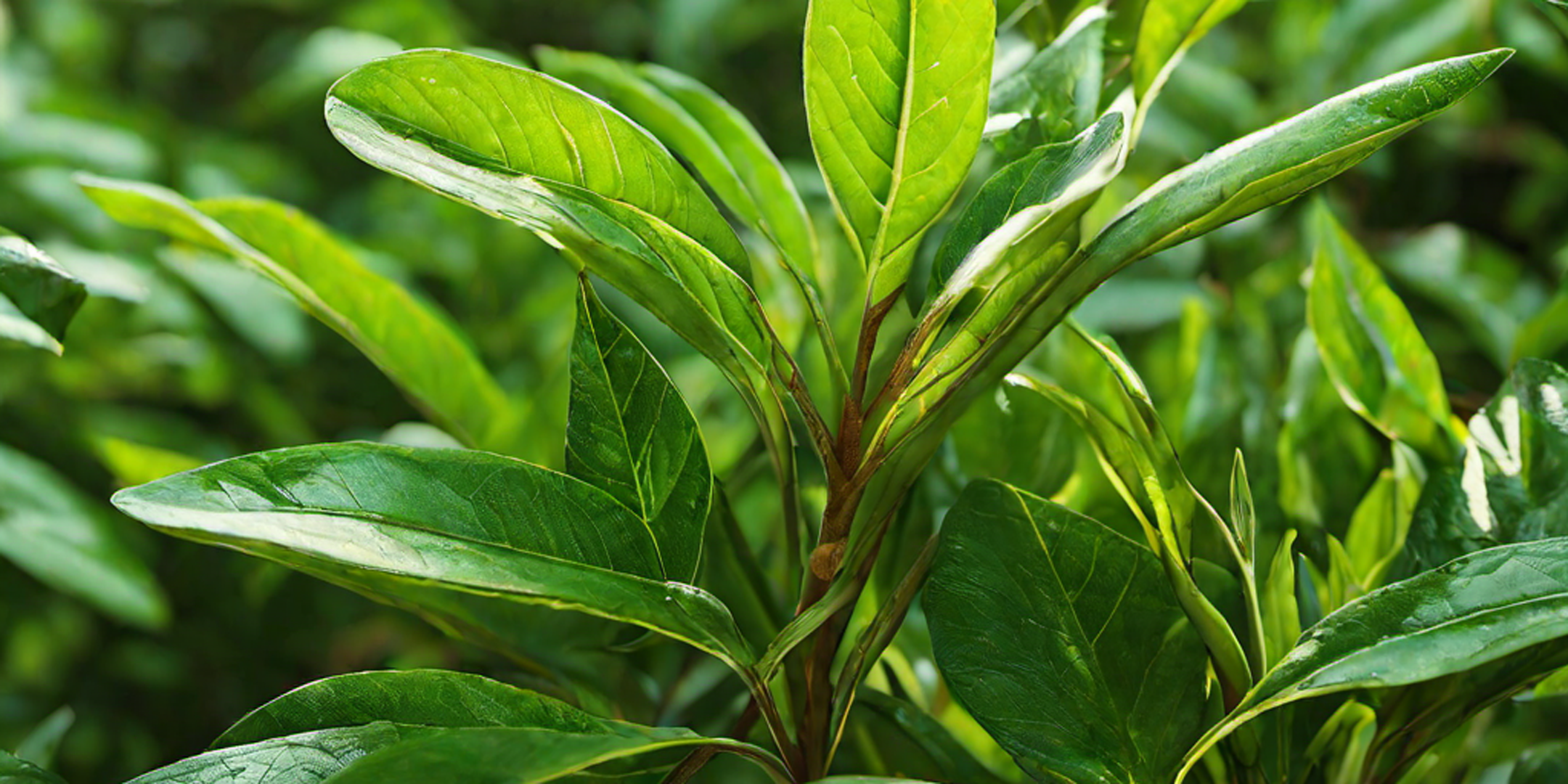The teacup is a staple in many cultures around the world and has been enjoyed for centuries. While the origins of the teacup can be traced back to ancient China, the addition of a handle to the cup is a relatively modern development. In this blog post, we will explore the history of how the teacup got its handle and the reasons behind it.
The History of the Teacup
More than a beverage, tea is woven into the fabric of Chinese culture for thousands of years. Before the introduction of teaware, tea was consumed in bowls without handles. However, as tea drinking became more popular and gained widespread importance in Chinese culture, teaware began to evolve.
During the Tang Dynasty (618-907 AD), teacups began to take on a more recognizable form. They were small, shallow, and generally made of porcelain. These cups had no handles and were intended to be held with both hands to savor the warmth of the tea.
As tea drinking spread to other parts of the world, teaware began to adapt to local customs and preferences. In Europe, teacups were larger and deeper to accommodate milk and sugar. Handles also began to appear on teacups, which brings us to the question of how the teacup got its handle.
The Evolution of the Teacup Handle
The first recorded use of a handle on a teacup can be traced back to Germany in the early 18th century. At the time, porcelain was becoming a popular material for teacups, and the addition of a handle was practical for a few key reasons.
Convenience
The inclusion of a handle on a teacup allowed for easier handling and stability. The cup could be easily gripped with one hand, allowing the other hand free to hold a saucer or add milk and sugar. The handle was also practical for serving tea and carrying multiple cups at once.
Hygiene
The handle on a teacup also served a hygienic purpose. Drinking from a bowl without a handle required the cup to be held close to the mouth, making it easier for germs to spread. The handle provided a barrier between the hand and the cup, reducing the risk of contamination.
Fashion
In addition to being practical, the handle on a teacup also became a fashionable accessory. Handles could be ornately designed and adorned with intricate patterns, making them a luxurious addition to any teacup. Handles also allowed for teacups to be stacked, which was important for those who wanted to display their collection of teaware.
The Importance of the Teacup Handle Today
Today, the teacup handle remains an essential feature of teacups around the world. There are many materials and designs to choose from, allowing for a wide range of styles and preferences.
While the practicality of the handle still holds true, the aesthetic appeal has also become a crucial factor. Handles can be made with various materials, including porcelain, ceramic, glass, and metal, and can be shaped in many ways to suit different tastes and aesthetics.
The handle on a teacup may seem like a small detail, but it has become an integral part of the tea-drinking experience. It allows us to hold and enjoy our favorite tea blends with comfort and elegance. Moreover, it has also become a symbol of the cultural significance of tea and its place in our daily lives.
Conclusion
In conclusion, the addition of a handle to the teacup is more than just a practical development. It is a symbol of the evolution of teaware and the cultural significance of tea throughout history. As the teacup continues to adapt and evolve, the handle remains a crucial feature, allowing us to enjoy our tea in comfort and style.




